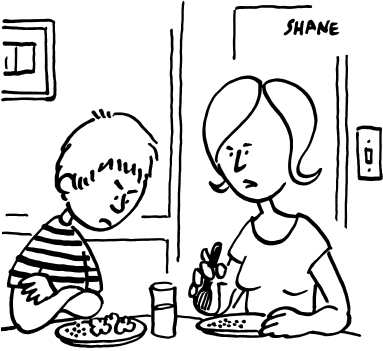CHAPTER 1
Starting the Shift and Reset Process
Shane Johnson © 2011.

I don’t care if it is trending—eat your vegetables.
Over the past two decades, the emerging information economy has hurtled us at warp speed into uncharted territory. Today, we are part of an information ecoystem unique to human civilization. We are consuming and producing media. We are getting and sharing information with (potentially) vast audiences. And we are doing all of these things on new platforms, for new reasons. Every aspect of our society has changed, and continues to evolve and adapt.
Given the sheer scope of this change—and the new set of challenges it presents—it is not surprising that we sometimes feel overwhelmed. It’s normal and part of the reason we like to shrink this change down into smaller, more manageable pieces: breaking it down is the only way we can talk about the multitude of trends in business (flattening), technology (opening), and community (connecting). Technology and the Internet have changed not only how we communicate—the physiology of platforms, mechanisms, and tools—but the psychology of communicating itself: why, when, and where we choose to engage with one another, online and off. In daily practice, a lot of this by now feels rote or hardwired. Didn’t like that New York Times op-ed about eradicating global poverty? Draft your own opinion piece and publicly disagree with ...

